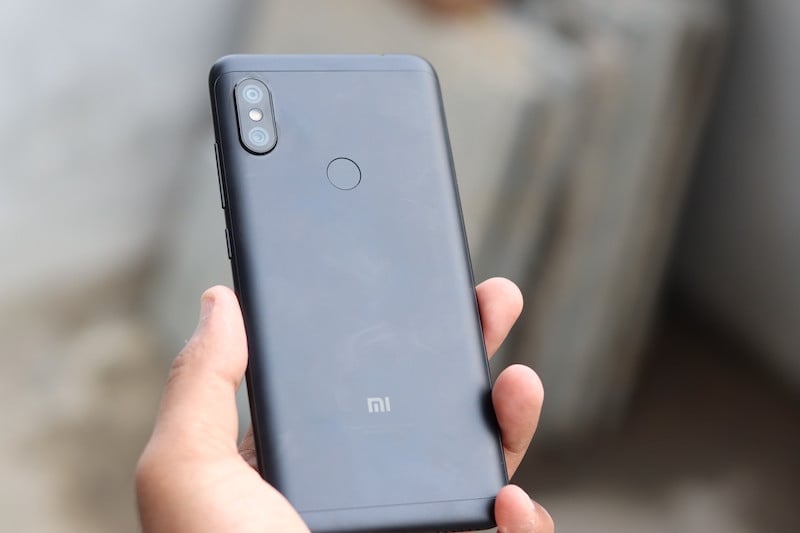In 2017, Xiaomi had a 20.9% market share, compared to 24.7% share of Samsung. In 2018, Vivo (14.2%), Oppo (10.2%) and Transsion (6.4%) were the other three brands that found a place in the list of top five smartphone brands in the country. Except for Samsung, four of the five smartphone brands are based in China. “Amongst the big highlights of 2018 were the online-focused brands that drove the share of the online channel to an all-time high of 38.4 per cent in 2018,” Upasana Joshi, Associate Research Manager, Client Devices, IDC India, said in a statement. Responding to the report, Xiaomi India Managing Director Manu Kumar Jain on Tuesday credited the stunning show by the company to “100% teamwork” and love from “Mi Fans”. “Mi Fans! Thank you for your love and support,” Jain tweeted, adding that in the fourth quarter of 2018, the company emerged as 54% bigger than the second brand. The results show that Apple, which experienced lower than expected sales of iPhones in some emerging markets in recent times, especially in China, has not been able to make much of an impact in the Indian smartphone market as well. The premium smartphone segment (above Rs 35,000) constitutes a meagre three per cent share of the overall India smartphone market, despite outgrowing all other price segments in 2018 with 43.9% year-over-year (YoY) growth, according to IDC. “OnePlus emerged as the leader in $500-$700 segment on the back of the OnePlus 6 and the newly-launched OnePlus 6T. However, in the super premium segment of $700+, Samsung surpassed Apple for the top position with its Galaxy S9 series,” Joshi added. With the government initiative to push local manufacturing in India, 2018 witnessed further duty hikes on mobile phone components, IDC said, adding that weakened rupee further added to the challenges of the long tail of brands outside the top five.
